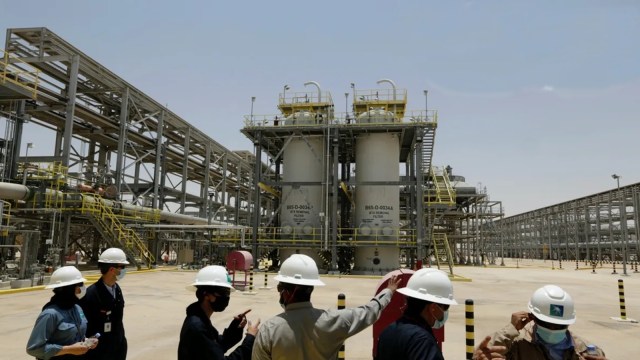The Ministry of New and Renewable Energy (MNRE) has exempted export-oriented green hydrogen projects from its solar module shortlist of domestic manufacturers to enable them to lower costs to the level of grey hydrogen, MNRE Secretary Bhupinder S Bhalla said. Setting up renewable energy capacity, like solar, to power electrolysers is essential for the production of green hydrogen and contributes significantly to project costs.
The exemption for green hydrogen projects set up in special economic zones (SEZs) or export oriented units (EOUs) by 2030 from MNRE’s Approved List of Models and Manufacturers (ALMM), a list of domestic solar PV module manufacturers, was granted in May earlier this year. With the ability to use imported modules, which are cheaper than domestic modules, such projects can substantially reduce production costs.

“If you (lower costs), it automatically becomes very easy to expand the demand for green hydrogen and its derivatives. Therefore, lowering the cost of green hydrogen is very important. One of our focus areas is exports, where there is a huge demand from around the world. We need to allow our industry, whoever is setting up green hydrogen facilities in India, to try to arrive at the lowest cost of green hydrogen,” Bhalla said during a press briefing ahead of the upcoming International Conference on Green Hydrogen 2024.
A major hurdle in the widespread adoption of green hydrogen, both in India and globally, is its cost competitiveness against grey hydrogen. Grey hydrogen, produced from natural gas through carbon-intensive processes, is used in hard-to-decarbonize industries such as steel manufacturing and fuel refining due to its lower production costs.
ExplainedExemption granted in May this year
The exemption for green hydrogen projects set up in special economic zones (SEZs) or export oriented units (EOUs) by 2030 from MNRE’s Approved List of Models and Manufacturers (ALMM), a list of domestic solar PV module manufacturers, was granted in May earlier this year.
In June 2024, the average cost of imported modules on a cost, insurance, and freight (CIF) basis, before the application of any local taxes or duties, stood at 9.1 cents per watt, according to Crisil data. In stark contrast, domestic modules were priced at 18 cents per watt, effectively making them at least twice as expensive as their imported counterparts.
The exemption for export-oriented green hydrogen projects followed the reimposition of the ALMM order, which requires most solar projects to source modules from domestic manufacturers, from April 1 this year.
“We also have sufficient demand for solar modules in India. Our domestic demand is growing so fast that we do not foresee that giving an exemption only for green hydrogen will impact (domestic industry),” Bhalla added.
Story continues below this ad
During the press briefing, Bhalla said India is on track to produce 5 million metric tons (MMT) of green hydrogen per annum by 2030. He added that projects summing up to 7.5 MMT of green hydrogen have already been announced.
Currently, India consumes 5 MMT of grey hydrogen and Bhalla expects most of the domestic demand by 2030 to be met by green hydrogen. “Of course, that’s not to say that entirely it will be consumed in India. Our focus is on exports, but demand is being created in India as well,” he said.
In addition to bidding out electrolyser manufacturing and green hydrogen capacities under its Strategic Interventions for Green Hydrogen Transition (SIGHT) programme, which has been allocated Rs 17,490 crore, MNRE has taken additional measures to incentivise investments and boost production.
For instance, it has allocated Rs 400 crore for R&D projects and has received over 400 proposals under it, which will be finalised next month. Green hydrogen projects are also exempt from the requirement of prior environmental clearance, which is something the industry wanted, Bhalla said. Moreover, transmission charges for green hydrogen projects have been waived off for a period of 25 years from the date of commissioning.
Story continues below this ad
The ministry has also made over 100 recommendations for the development of green hydrogen standards, both dealing with its production and application, out of which 73 standards have already been notified by relevant regulatory bodies including the Bureau of Indian Standards (BIS).

































